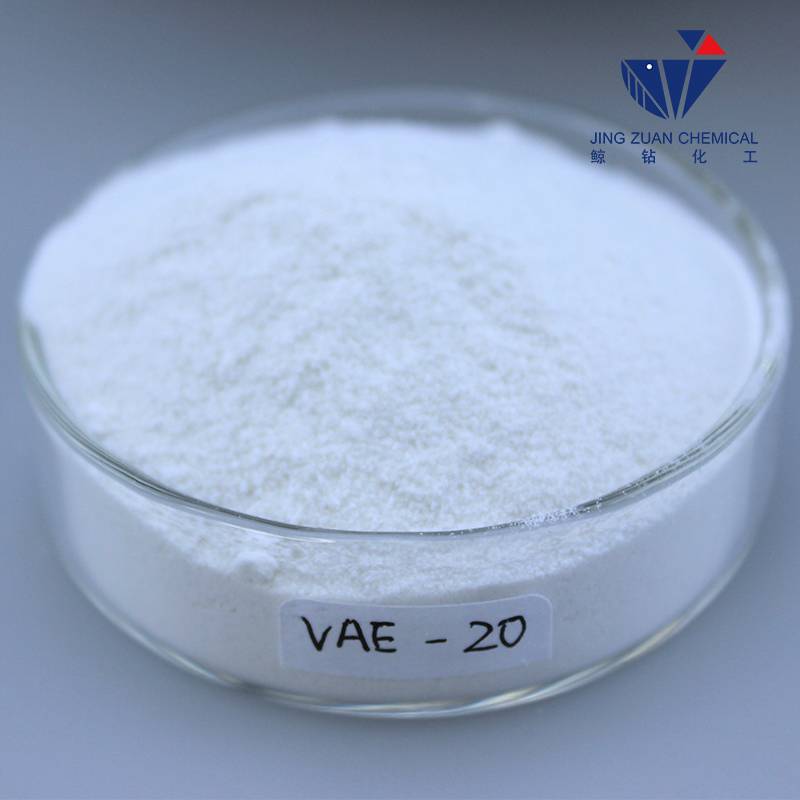
Nov . 12, 2024 02:15 Back to list
what is hpmc
What is HPMC?
Hydroxypropyl Methylcellulose (HPMC) is a versatile and widely used polymer that has garnered significant attention in various industries, including pharmaceuticals, food, cosmetics, and construction. This semi-synthetic polymer is derived from cellulose, a natural polymer extracted from the cell walls of plants, and its modifications provide unique properties that make it suitable for a wide range of applications.
Chemical Composition and Properties
HPMC is produced by modifying cellulose through the introduction of hydroxypropyl and methyl groups. This process enhances its solubility in water and enables it to form gels, films, and emulsions. The degree of substitution (the number of hydroxypropyl or methyl groups attached to the cellulose backbone) varies, giving rise to a wide range of HPMC products with differing properties. Generally, HPMC is available in several grades, characterized by their viscosity, molecular weight, and solubility in water. The ability to tailor these properties makes HPMC adaptable for specific applications.
Applications in Pharmaceuticals
In the pharmaceutical industry, HPMC is recognized for its role as a pharmaceutical excipient. It is commonly used as a binder, thickening agent, and film-forming agent in tablet formulations. Its properties facilitate controlled release of active pharmaceutical ingredients (APIs), making it ideal for developing sustained-release medications. HPMC also has applications in ophthalmic formulations, where it serves as a lubricant in eye drops, enhancing viscosity and providing longer retention on the ocular surface.
Additionally, HPMC is utilized in the preparation of various dosage forms, including gelatin capsules, where it serves as a suitable alternative to animal-derived gelatin. HPMC capsules are vegetarian-friendly and offer similar performance in terms of dissolution and bioavailability of drugs.
Usage in Food Industry
what is hpmc

In the food industry, HPMC is prized for its thickening, gelling, and stabilizing properties. It is often used in low-fat and low-calorie food products, as it helps improve texture and mouthfeel while replacing fat and sugar. HPMC acts as a fat replacer in various formulations, enhancing the creaminess and viscosity without contributing calories. It is also employed in gluten-free products, providing elasticity and moisture retention, thus improving the overall quality of gluten-free baked goods.
Moreover, HPMC finds use as a food preservative, extending the shelf life of various products by preventing spoilage and maintaining freshness. Its ability to form films and coatings also makes it useful in protecting sensitive ingredients from environmental factors.
Cosmetic Industry Applications
The cosmetic industry also benefits from the unique properties of HPMC. It serves as a thickening agent in lotions, creams, and gels, providing a desirable texture and stability to products. HPMC is commonly used in hair care products, such as shampoos and conditioners, where it enhances viscosity and improves the distribution of active ingredients. Furthermore, its film-forming capabilities contribute to the long-lasting properties of cosmetic formulations, ensuring that products adhere well to the skin or hair.
Construction and Other Uses
In construction, HPMC is utilized as a water-retaining agent in cement-based applications, enhancing workability and helping to improve the adhesion of mortars. Its water-retention properties allow for better curing of cement, which is essential for the durability of structures.
In conclusion, Hydroxypropyl Methylcellulose (HPMC) is a highly valuable polymer with a multitude of applications across different industries. Its unique properties, derived from its cellulose backbone, enable it to function as a binder, thickener, and film former, making it an essential ingredient in pharmaceuticals, food products, cosmetics, and construction materials. As research continues, the potential of HPMC is likely to expand further, leading to innovative applications that will enhance product quality and performance across various sectors.
-
Unlocking the Benefits of HPMC Products: A Gateway to Versatile Applications
NewsAug.07,2025
-
Unleashing the Potential of HPMC Ashland: A Comprehensive Look
NewsAug.07,2025
-
Tile Bonding Cellulose: The Key to Superior Adhesion and Durability
NewsAug.07,2025
-
Hydroxypropyl Methylcellulose Powder: The Versatile Component in Modern Pharmaceuticals
NewsAug.07,2025
-
Hydroxyethyl Cellulose: The Versatile Solution for Various Industries
NewsAug.07,2025
-
Hydroxyethyl Cellulose (HEC): The Versatile Polymer for Various Applications
NewsAug.07,2025







